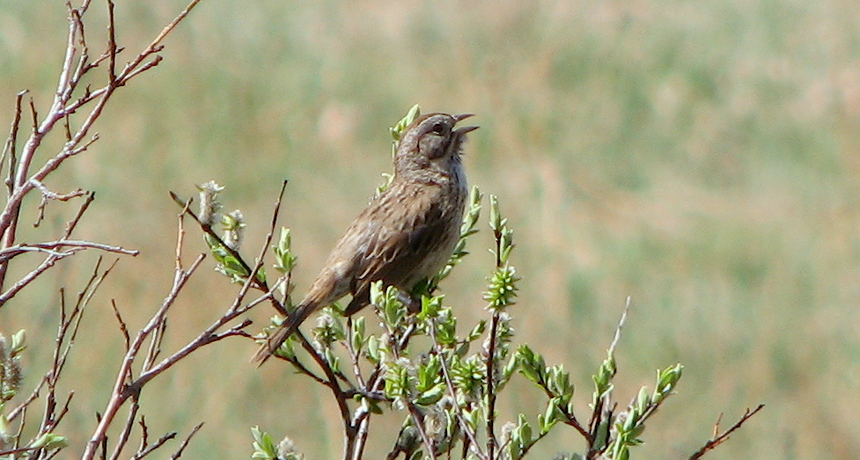Hearing awful or great singing changes birds’ choice
Reaction to a male’s serenade depends on what songs females heard recently

AVIAN IDOL A male Lincoln’s sparrow belting out a song could get a harsher or more enthusiastic response depending on the quality of serenades females have been hearing recently.
K. Sockman
A single courtship song from a male bird can rouse different responses depending on whether females have recently heard avian Pavarottis or the equivalent of tone-deaf singers in the shower.